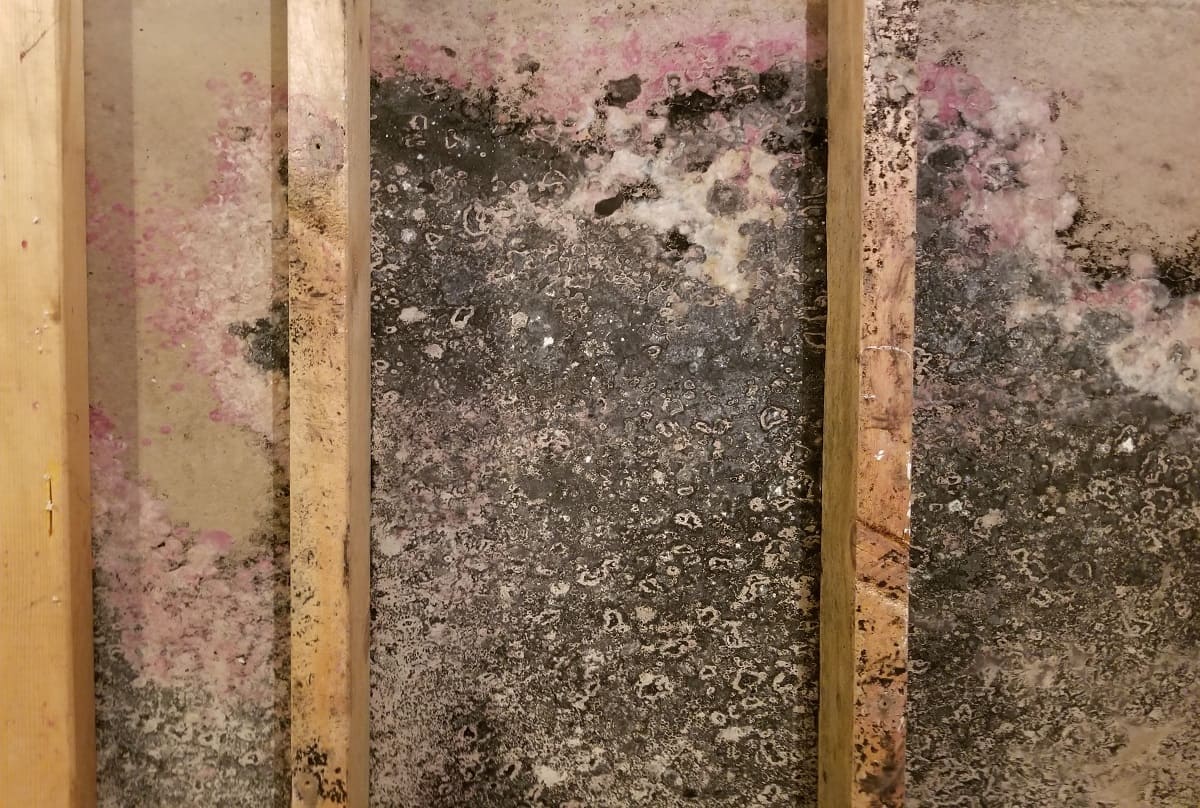

Articles
How To Keep Mold Out Of Basement
Modified: October 23, 2024
Discover effective strategies and articles on how to keep mold out of your basement. Protect your home from mold growth with these expert tips and insights.
(Many of the links in this article redirect to a specific reviewed product. Your purchase of these products through affiliate links helps to generate commission for Storables.com, at no extra cost. Learn more)
Introduction
Mold is a common problem that many homeowners face, especially in their basements. Basements are susceptible to mold growth due to their dark and damp environment. Not only does mold create an unpleasant odor, but it can also have severe health implications, including respiratory issues, allergies, and even asthma attacks. Therefore, it is crucial to take proactive steps to keep mold out of your basement.
In this article, we will explore the various causes of basement mold, effective moisture control techniques, regular maintenance tips, ventilation methods, insulation and waterproofing measures, the use of mold-resistant materials, and strategies for cleaning and removing mold from your basement. By following these guidelines, you can prevent mold growth, maintain a healthy indoor environment, and protect the structural integrity of your home.
Understanding the causes of basement mold is the first step towards prevention. Basements are susceptible to mold due to high humidity levels, condensation, water leaks, and poor ventilation. When these factors are combined, it creates an ideal breeding ground for mold spores to thrive.
Key Takeaways:
- Preventing basement mold involves addressing high humidity, water leaks, and poor ventilation. Implement moisture control techniques, regular maintenance, and mold-resistant materials to create a healthy living space and protect your home’s integrity.
- When facing extensive mold issues, consulting professionals in mold remediation ensures thorough assessment, safe removal, and prevention of future growth. Proper cleaning and removal techniques are essential for maintaining a safe and healthy environment.
Read more: How To Check For Mold In Basement
Understanding Mold and Its Dangers
Mold is a type of fungus that grows in damp and humid environments. It reproduces by releasing tiny spores into the air. While mold spores are present everywhere, they can become a problem when they find a suitable environment to grow and multiply.
Basements provide an ideal environment for mold growth due to their typically dark, cool, and damp conditions. When moisture levels are high, whether from leaks, condensation, or inadequate ventilation, mold spores can settle on surfaces and begin to grow, forming colonies over time.
One of the key dangers of mold is its impact on indoor air quality. Mold releases volatile organic compounds (VOCs) into the air, which can cause various health issues, especially for individuals with respiratory conditions or weakened immune systems. Exposure to mold spores can trigger allergic reactions, such as coughing, wheezing, sneezing, and itchy eyes. Prolonged exposure to mold can also lead to more severe respiratory problems, such as asthma attacks and respiratory infections.
Furthermore, certain types of mold, such as black mold (Stachybotrys chartarum), produce mycotoxins, which are toxic substances that can have serious health implications. Prolonged exposure to mycotoxins can cause neurological issues, respiratory problems, fatigue, headaches, and in severe cases, even organ damage.
It is important to note that mold growth not only affects the health of occupants but also poses structural risks to the building. Mold can gradually weaken the integrity of materials, leading to structural damage and costly repairs.
Overall, understanding the dangers of mold emphasizes the importance of preventative measures. By implementing effective strategies to keep mold out of your basement, you can safeguard your health, improve indoor air quality, and protect your home from potential structural damage.
Identifying Common Causes of Basement Mold
In order to effectively prevent basement mold, it is crucial to identify and address the common causes that contribute to its growth. By understanding these causes, you can take proactive steps to mitigate moisture issues and create an unfavorable environment for mold to thrive.
1. High humidity: Basements are naturally prone to high humidity levels due to their underground location and poor air circulation. Humidity levels above 60% provide favorable conditions for mold growth. It is important to monitor and control the humidity in your basement using dehumidifiers or HVAC systems.
2. Water leaks: Water intrusion through cracks in the foundation, plumbing leaks, or inadequate waterproofing can create a moist environment, ideal for mold growth. Regularly inspect your basement for any signs of water leaks, including damp spots, pooling water, or water stains on walls or floors.
3. Condensation: Cold surfaces, such as walls, pipes, or windows in the basement, can cause condensation when warm, moist air comes into contact with them. This excess moisture can contribute to mold growth. Insulating pipes and using insulation materials on walls and windows can help prevent condensation.
4. Poor ventilation: Inadequate airflow in the basement can lead to stagnant air, trapping moisture and promoting the growth of mold. Ensure proper ventilation by using exhaust fans, opening windows regularly, or installing a whole-house ventilation system.
5. Organic materials: Mold requires organic materials to feed on and grow. Basements often contain organic materials such as drywall, carpet, cardboard boxes, or wooden beams, providing a food source for mold. Regularly inspect and maintain these materials to prevent mold growth.
6. Flooding: Flooding can introduce large amounts of water into the basement, creating an immediate risk for mold growth. If your basement experiences flooding, it is crucial to address the issue promptly by removing the water and drying out the area thoroughly.
Identifying these common causes of basement mold will allow you to take the necessary preventive measures. By addressing moisture issues, improving ventilation, and maintaining a clean and dry basement, you can effectively reduce the risk of mold growth and create a healthier living environment.
Effective Moisture Control Techniques
Controlling moisture is a key factor in preventing basement mold. By implementing effective moisture control techniques, you can create an environment that discourages mold growth. Here are some techniques to consider:
1. Fix any water leaks: Inspect your basement for any signs of water leaks or moisture intrusion. Address any issues immediately, such as repairing plumbing leaks, fixing cracks in the foundation, or improving the waterproofing of your basement walls and floors. Taking prompt action can prevent water accumulation and subsequent mold growth.
2. Install a dehumidifier: High humidity levels in the basement can promote mold growth. Installing a dehumidifier helps reduce excess moisture in the air, maintaining optimal humidity levels (around 30-50%). Choose a dehumidifier with the appropriate capacity for your basement size and ensure regular maintenance, including emptying the water reservoir and cleaning the filters.
3. Improve ventilation: Proper airflow is essential in controlling moisture levels. Ensure that your basement has adequate ventilation by installing air vents, exhaust fans, or windows that can be opened to allow fresh air circulation. This helps to reduce humidity and prevent stagnant air, creating a less favorable environment for mold growth.
4. Use moisture-resistant materials: When remodeling or renovating your basement, opt for moisture-resistant materials. Consider using waterproof paint, mold-resistant drywall, or cement-based materials for walls and floors. These materials are less susceptible to moisture damage and can help prevent mold growth.
5. Insulate pipes and surfaces: Cold surfaces, such as pipes and walls, can contribute to condensation and excess moisture. Insulate pipes with foam insulation to prevent condensation and reduce the potential for mold growth. Additionally, insulating walls and floors can help regulate temperature and minimize moisture-related issues.
6. Regularly clean and dry your basement: Regular cleaning and maintenance are essential in preventing mold growth. Clean up any spills or moisture promptly and ensure the basement is kept clean and dry. Regularly dust and vacuum to remove any potential sources of mold growth, such as dust particles or organic debris.
By implementing these effective moisture control techniques, you can significantly reduce the risk of basement mold. Remember to regularly monitor and assess the moisture levels in your basement to ensure optimal conditions that deter mold growth.
Regular Basement Maintenance Tips
Maintaining your basement regularly is essential to prevent mold growth and ensure a healthy and safe living environment. Here are some important tips for regular basement maintenance:
1. Regular inspections: Conduct routine inspections of your basement to check for any signs of water leaks, condensation, or mold growth. Look for damp spots on walls or floors, discoloration, musty odors, or any visible signs of mold. Early detection allows for prompt action and prevents the spread of mold.
2. Keep the basement clean: Regular cleaning of your basement is crucial in preventing mold growth. Remove any dust, dirt, or debris that may accumulate, as these can provide a food source for mold. Vacuum carpets, sweep floors, and wipe down surfaces regularly to eliminate potential mold habitats.
3. Monitor humidity levels: Keep a close eye on the humidity levels in your basement. Invest in a hygrometer to measure and monitor the humidity. Ideally, aim for a humidity level between 30-50%. If the humidity is too high, consider using a dehumidifier to reduce moisture in the air.
4. Address moisture issues promptly: If you notice any water leaks, damp areas, or condensation in your basement, address the issue promptly. Fix any leaks, improve ventilation, or insulate pipes to prevent moisture buildup. Time is of the essence when it comes to moisture control, as it can quickly lead to mold growth if left unattended.
5. Maintain proper ventilation: Ensuring adequate ventilation in your basement is crucial in preventing mold. Open windows periodically to let fresh air circulate. Install exhaust fans or ventilation systems to remove stale air and excess humidity. Good airflow helps keep the basement dry and creates an environment that is less conducive to mold growth.
6. Be mindful of storage practices: Properly store items in your basement to reduce the potential for mold growth. Avoid storing cardboard boxes directly on the floor, as they can absorb moisture and provide a breeding ground for mold. If possible, elevate items on shelves or pallets to allow for airflow and prevent moisture buildup.
7. Regularly check and maintain drainage systems: Ensure that gutters, downspouts, and drainage systems are clear and functioning properly. Clean gutters regularly to prevent water from overflowing and seeping into the basement. Redirect downspouts away from the foundation to ensure proper drainage.
By following these regular basement maintenance tips, you can minimize the risk of mold growth, maintain a clean and healthy environment, and prolong the lifespan of your basement. Prevention and proactive maintenance are key in keeping your basement mold-free.
Read more: How To Get Rid Of Mold In Basement
Ventilation and Air Circulation Methods
Proper ventilation and air circulation in your basement are essential in preventing mold growth. These practices help to remove stale air, control humidity levels, and create an environment that is less favorable to mold. Here are some effective ventilation and air circulation methods for your basement:
1. Open windows and doors: Regularly opening windows and doors in the basement allows fresh air to enter and circulate. This helps to reduce humidity levels and remove stagnant air. Consider establishing a routine of opening windows for a few minutes each day to promote airflow.
2. Install exhaust fans: Installing exhaust fans in your basement can significantly improve air circulation. Place fans near areas prone to moisture, such as near washing machines, bathrooms, or utility sinks. Turn on the exhaust fans during activities that produce moisture, like showering or using the washing machine, to remove excess humidity.
3. Use portable fans: Position portable fans strategically throughout the basement to promote airflow. Point the fans towards the windows or doors to facilitate air movement. Set the fans to oscillate if possible, to distribute the air evenly throughout the space.
4. Consider a whole-house ventilation system: If your basement is part of a larger HVAC system, consider adding a whole-house ventilation system. These systems facilitate the exchange of stale indoor air with fresh outdoor air, ensuring continuous ventilation throughout the house, including the basement.
5. Install vents: Properly installed vents can help improve airflow in your basement. Consider installing supply vents to distribute conditioned air from your HVAC system into the basement. Additionally, install return vents to allow for the recirculation of air back to the HVAC system, ensuring balanced airflow.
6. Utilize dehumidifiers: Dehumidifiers not only help control humidity levels but also aid in air circulation. They work by removing excess moisture from the air, reducing the potential for mold growth. Place dehumidifiers strategically in areas where moisture tends to accumulate, such as near water sources or in damp corners.
7. Keep air ducts clean: Regularly clean and maintain your HVAC system’s air ducts to prevent the buildup of dust, debris, or mold. Blocked or dirty air ducts hinder proper air circulation and can contribute to poor indoor air quality. Consider professional duct cleaning every few years, or as recommended by HVAC experts.
Implementing these ventilation and air circulation methods will help create a healthier basement environment. By promoting fresh air movement and reducing humidity levels, you can effectively prevent mold growth and maintain a clean and comfortable living space.
Make sure your basement is properly ventilated to prevent moisture buildup, which can lead to mold growth. Use a dehumidifier if necessary and fix any leaks or water seepage. Keep the area clean and dry to discourage mold growth.
Proper Insulation and Waterproofing Measures
Insulation and waterproofing are crucial components in preventing basement mold. They help to create a barrier against moisture, reduce condensation, and maintain stable indoor temperatures. Here are some proper insulation and waterproofing measures for your basement:
1. Insulate basement walls: Insulating the walls of your basement can help regulate temperature and prevent condensation. Use insulation materials, such as rigid foam insulation or spray foam insulation, to cover basement walls. This helps to reduce moisture buildup and create a more comfortable living space.
2. Seal wall and floor cracks: Inspect your basement for any cracks in the walls or floors and seal them properly. Use sealants or epoxy to fill in cracks, preventing water intrusion and potential mold growth. Addressing these cracks promptly is essential to keep moisture at bay.
3. Install a vapor barrier: A vapor barrier is a thin layer of plastic or foil that acts as a barrier against moisture. Install a vapor barrier on the interior side of basement walls to prevent moisture from entering the living space. This barrier helps to keep the basement dry and reduce the risk of mold growth.
4. Waterproof the basement: Proper waterproofing is vital in preventing water intrusion and subsequent mold growth. Ensure that your basement has appropriate exterior waterproofing measures, such as applying waterproof paint or coatings to the exterior foundation walls. Additionally, consider installing a drainage system to divert water away from the foundation.
5. Insulate basement pipes: Cold pipes can contribute to condensation and excess moisture in the basement. Insulate exposed pipes with foam pipe insulation to prevent sweating and reduce the risk of mold growth. Proper insulation also helps improve energy efficiency by preventing heat loss.
6. Consider a sump pump: A sump pump is a device used to remove water from the basement. It is especially useful in areas prone to flooding or excessive groundwater. Consider installing a sump pump in your basement to prevent water accumulation and reduce the risk of moisture-related issues.
7. Consult professionals: If you have persistent moisture or waterproofing issues in your basement, it is advisable to consult professionals. Waterproofing contractors or basement specialists can assess your specific situation and provide expert advice on the best insulation and waterproofing solutions for your basement.
By implementing proper insulation and waterproofing measures, you can significantly reduce the risk of mold growth in your basement. These measures create a more stable and dry environment, promoting a healthier living space and protecting the structural integrity of your home.
Choosing Mold-Resistant Materials for Basements
When it comes to preventing mold growth in your basement, selecting the right materials is crucial. Mold-resistant materials are designed to inhibit the growth of mold and are an effective way to create a healthier environment. Here are some considerations when choosing mold-resistant materials for your basement:
1. Mold-resistant drywall: Traditional drywall is susceptible to mold growth when exposed to moisture. Opt for mold-resistant drywall, also known as green board or moisture-resistant drywall, for your basement walls. These types of drywall have special additives that make them more resistant to moisture and mold. They are an excellent choice for areas that are prone to dampness, such as basements.
2. Cement-based materials: Cement-based materials, such as cement board and cementitious coatings, are naturally resistant to mold. They are moisture-resistant and provide a durable and stable surface for your basement walls and floors. Consider using cement-based materials in areas that are at high risk of water exposure, such as near washing machines or utility sinks.
3. Mold-resistant paints and coatings: Choose mold-resistant paints or coatings specifically designed to inhibit mold growth. These paints contain antimicrobial agents that help prevent mold and mildew from developing on the surface. Apply mold-resistant paint to your basement walls, especially in areas that are prone to moisture accumulation.
4. Vinyl flooring: Vinyl flooring is an excellent choice for basements because it is highly resistant to moisture and mold. It is also durable and easy to clean. Consider using luxury vinyl tiles or planks that mimic the look of wood or stone for a more aesthetically pleasing basement floor.
5. Mold-resistant insulation: Avoid using traditional fiberglass insulation in areas that are prone to moisture, as fiberglass can absorb moisture and promote mold growth. Instead, opt for mold-resistant insulation materials, such as expanding foam insulation or mineral wool. These materials repel moisture and provide superior thermal insulation.
6. Consider anti-microbial additives: Some building materials, such as drywall or paint, are available with anti-microbial additives. These additives further inhibit the growth of mold and provide an extra layer of protection against moisture-related issues. Consider using materials with anti-microbial properties for added peace of mind.
It’s worth noting that while mold-resistant materials can help prevent mold growth, proper installation and maintenance are equally important. Ensure that all materials are installed correctly, with appropriate sealing, to minimize the risk of moisture intrusion. Regularly inspect and clean the surfaces to maintain their effectiveness in preventing mold growth.
By choosing mold-resistant materials for your basement, you can create a more resilient and mold-resistant environment. These materials provide an added layer of protection and help ensure the long-term integrity of your basement while promoting a healthier living space for you and your family.
Cleaning and Removing Mold from Basements
Discovering mold in your basement can be alarming, but it’s important to address the issue promptly to prevent further growth and protect your health. Proper cleaning and removal of mold are crucial to maintain a safe and mold-free environment. Here’s a step-by-step guide on cleaning and removing mold from your basement:
1. Wear protective gear: Before starting the cleaning process, ensure you have proper protective gear. This includes gloves, goggles, and a mask or respirator to minimize exposure to mold spores and prevent respiratory issues.
2. Identify the extent of the mold growth: Assess the mold-affected area in your basement to determine the scale of the problem. If the mold covers a small area (less than 10 square feet), you can handle the cleaning on your own. However, if the mold covers a larger area or if you have underlying health conditions, it is recommended to consult a professional mold remediation service.
3. Isolate the area: It’s important to contain the mold-affected area to prevent the spread of spores. Close off the basement and use plastic sheets and tape to seal off the affected area. This helps to minimize cross-contamination to other parts of your home.
4. Ventilate the area: Open windows and use fans to improve ventilation while cleaning. This helps to reduce the concentration of mold spores in the air and assists in removing excess moisture.
5. Remove porous materials: If mold has affected porous materials, such as carpet, drywall, or insulation, it’s best to remove and dispose of these items properly. Porous materials are difficult to clean thoroughly and can serve as a breeding ground for mold.
6. Clean non-porous surfaces: Non-porous surfaces, such as concrete, metal, or glass, can be cleaned using a solution of water and detergent or a mixture of water and vinegar. Scrub the affected area using a stiff brush to remove visible mold. Rinse the area thoroughly and allow it to dry completely.
7. Disinfect the area: After cleaning, it’s important to disinfect the area to kill any remaining mold spores. Use a mold-killing solution, such as a mixture of bleach and water (1 cup bleach to 1 gallon of water), or a commercial mold disinfectant. Apply the solution to the affected area and let it sit for at least 15 minutes before rinsing.
8. Dry the area completely: Proper drying is crucial to prevent further mold growth. Use dehumidifiers, fans, or heaters to ensure the basement is thoroughly dried. Moisture control is essential to preventing mold from returning.
9. Monitor and maintain: After cleaning and removing mold, monitor the basement regularly to ensure no new mold growth occurs. Address any signs of moisture or water leaks promptly and maintain good ventilation in the area.
Remember, if you are unsure about the cleaning process or if the mold problem persists, it’s best to consult a professional mold remediation service. They have the expertise and equipment to handle extensive mold issues and ensure thorough removal.
By following these steps and taking appropriate precautions, you can effectively clean and remove mold from your basement, creating a safe and healthy environment for you and your family.
Read more: How To Get Basement Smell Out Of Basement
Consultation with Professionals for Extensive Mold Issues
If you are experiencing extensive mold issues in your basement, it is highly recommended to seek the expertise of professionals in mold remediation. Extensive mold growth can be challenging to handle on your own, and professional assistance can ensure thorough remediation and prevent further damage to your home and health. Here are key reasons to consider consulting professionals for extensive mold issues:
1. Comprehensive assessment: Professionals in mold remediation have the knowledge and experience to conduct a thorough assessment of the mold problem. They will inspect your basement, identify the extent of the mold growth, and determine the underlying causes. This assessment helps create a targeted remediation plan for effective mold removal.
2. Proper containment and mitigation: For extensive mold issues, professionals have the necessary equipment and expertise to contain and mitigate mold growth effectively. They will establish containment barriers using advanced techniques, such as negative air pressure systems, to prevent cross-contamination and minimize the spread of mold spores during the remediation process.
3. Safe removal techniques: Professionals follow industry best practices and employ safe removal techniques to minimize exposure to mold spores. They use specialized equipment, including protective gear, HEPA (High-Efficiency Particulate Air) filters, and air scrubbers, to ensure a safe working environment while removing mold-infested materials.
4. Thorough mold remediation: Professionals have the knowledge and tools to conduct comprehensive mold remediation. They will remove mold-infested materials safely, clean and sanitize the affected area, and treat surfaces to discourage further mold growth. Their expertise ensures the effective elimination of mold from your basement.
5. Prevention of future mold growth: Professionals not only address the current mold issue but also provide recommendations and solutions to prevent future mold growth. They can advise on proper ventilation, moisture control techniques, and maintenance practices to minimize the risk of mold reoccurring in your basement.
6. Health and safety considerations: Extensive mold growth can pose significant health risks, especially for individuals with respiratory conditions or weakened immune systems. Professionals prioritize your health and safety by implementing proper containment, using personal protective equipment, and following stringent protocols to ensure a thorough and safe remediation process.
7. Insurance and documentation: If you are dealing with mold issues that may involve insurance coverage, consulting professionals can help provide detailed documentation of the mold problem and the remediation process. This documentation is essential for insurance claims and can streamline the reimbursement process.
Remember, when choosing a mold remediation company, ensure they are certified and experienced in handling mold-related issues. Look for certifications such as the Institute of Inspection Cleaning and Restoration Certification (IICRC) or the National Organization of Remediators and Mold Inspectors (NORMI).
Consulting professionals for extensive mold issues in your basement ensures that the problem is addressed effectively and reduces the risk of further mold growth. Their expertise, advanced techniques, and commitment to your health and safety provide peace of mind in restoring a clean and mold-free environment.
Conclusion
Mold growth in basements is a common problem that can have serious implications for both your health and the integrity of your home. However, by implementing proactive measures, you can effectively keep mold out of your basement and create a clean and healthy living environment.
Understanding the causes of basement mold, such as high humidity, water leaks, and poor ventilation, is the key to prevention. By addressing these issues and implementing effective moisture control techniques, such as fixing leaks, using dehumidifiers, and improving ventilation, you can create an environment that is less conducive to mold growth.
Regular maintenance is also crucial in preventing mold. By regularly inspecting your basement for any signs of moisture or mold, keeping it clean and dry, and maintaining proper ventilation and airflow, you can minimize the risk of mold growth.
Furthermore, choosing mold-resistant materials for your basement, such as mold-resistant drywall, cement-based materials, and vinyl flooring, provides an added layer of protection against mold growth. Proper insulation and waterproofing measures also help to create a barrier against moisture and reduce the risk of mold formation.
If you encounter extensive mold issues, it is advisable to consult professionals in mold remediation. They have the expertise and equipment to conduct a comprehensive assessment, safely remove mold, and provide guidance for preventing future issues.
Cleaning and removing mold from your basement requires proper techniques and precautions. By wearing protective gear, isolating the affected area, and using appropriate cleaners and disinfectants, you can effectively eliminate mold and restore a safe and healthy living space.
In conclusion, by following the guidelines outlined in this article, you can successfully keep mold out of your basement. By taking preventive measures, regularly maintaining your basement, improving ventilation and airflow, using mold-resistant materials, and addressing mold issues promptly, you can create a clean, mold-free, and healthy environment for you and your family to enjoy.
Frequently Asked Questions about How To Keep Mold Out Of Basement
Was this page helpful?
At Storables.com, we guarantee accurate and reliable information. Our content, validated by Expert Board Contributors, is crafted following stringent Editorial Policies. We're committed to providing you with well-researched, expert-backed insights for all your informational needs.

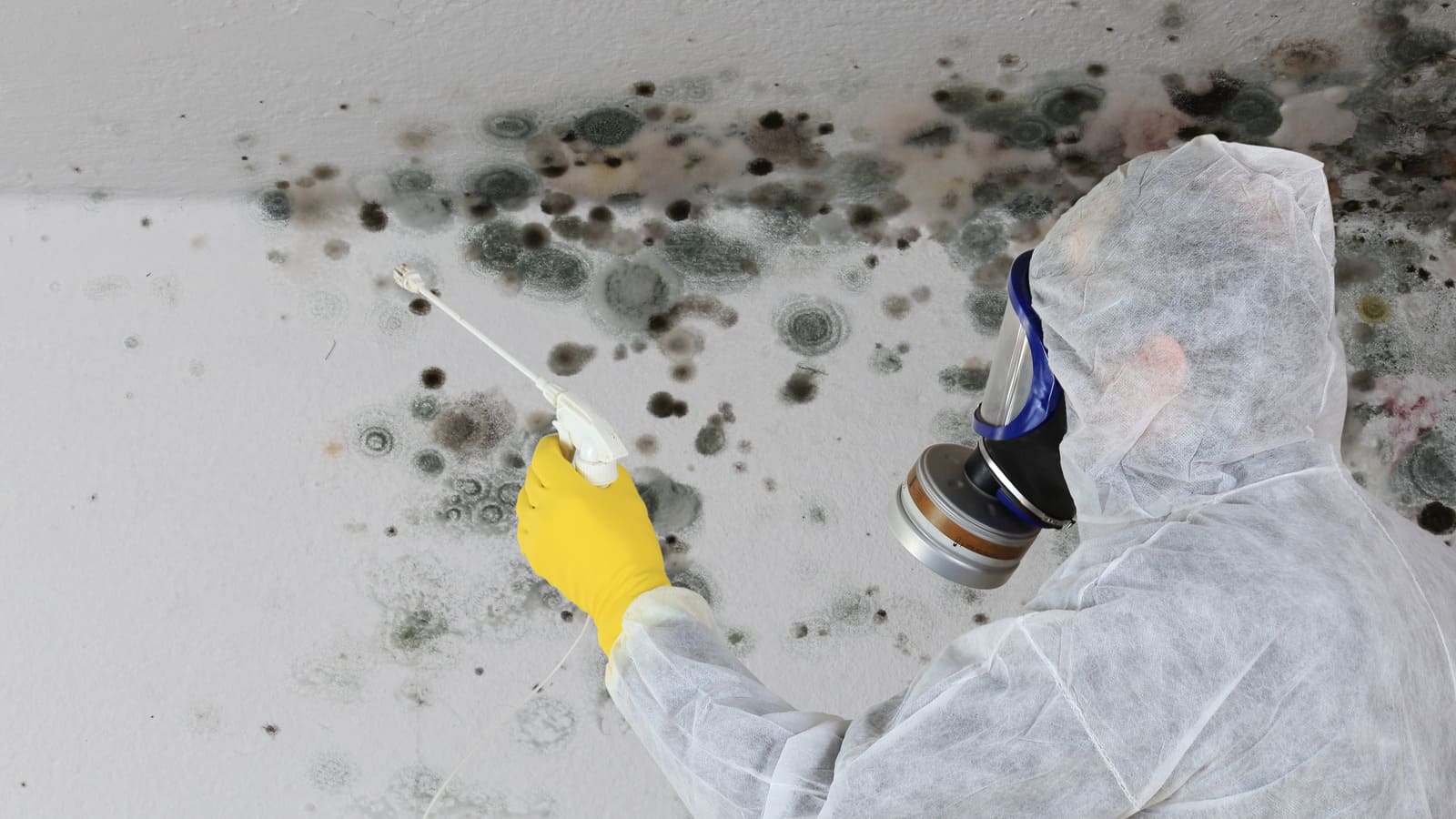
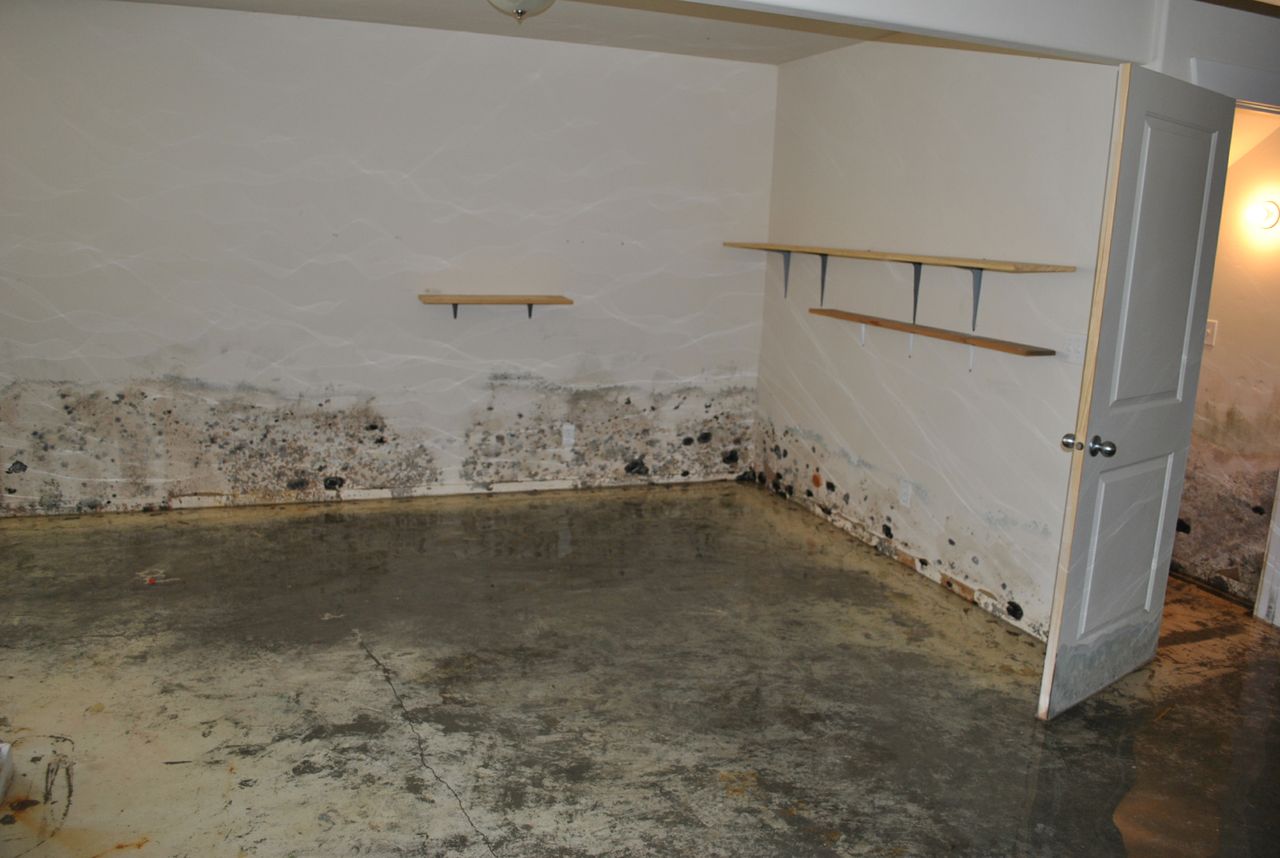
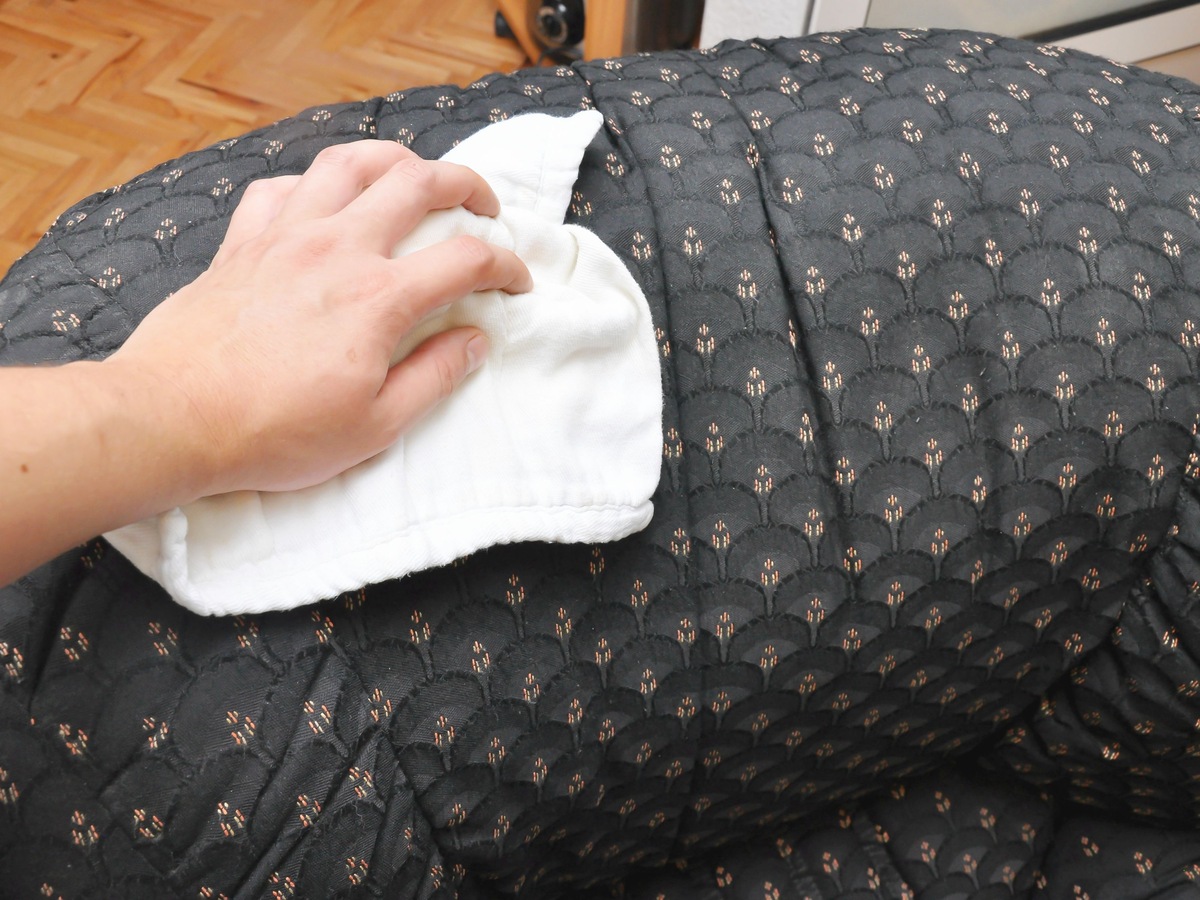

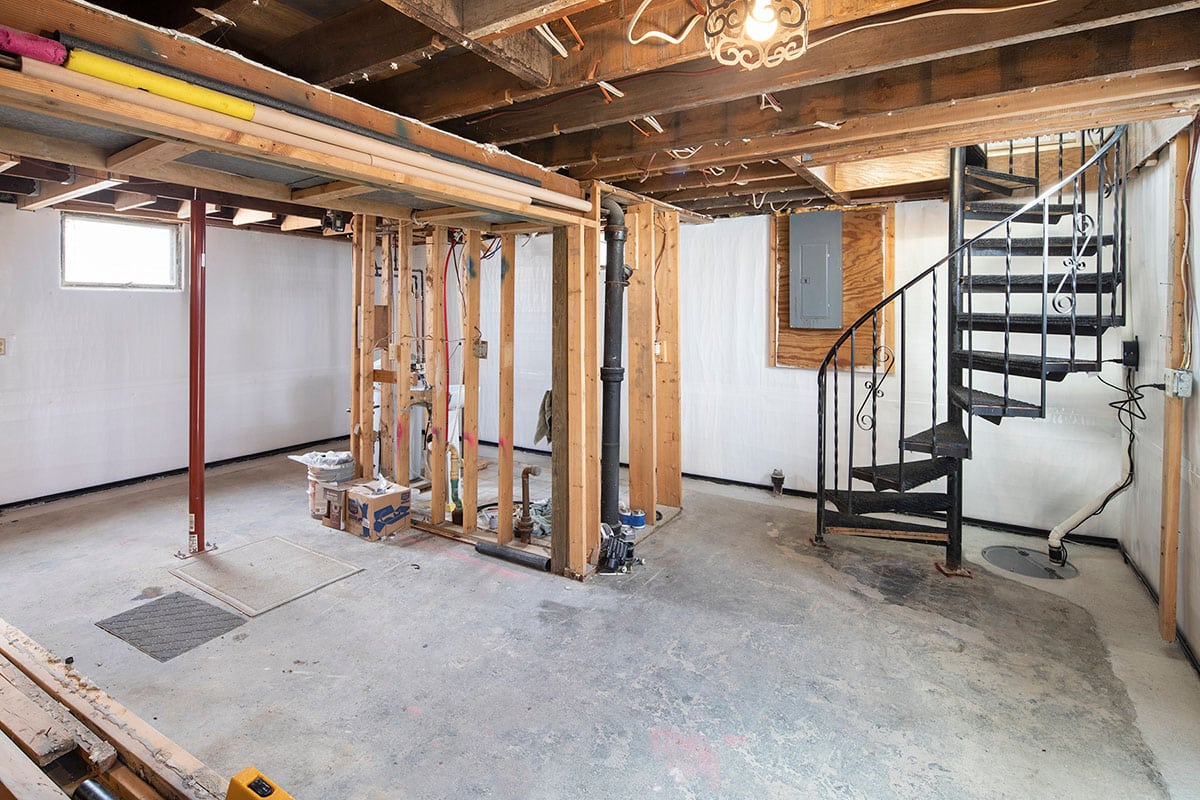
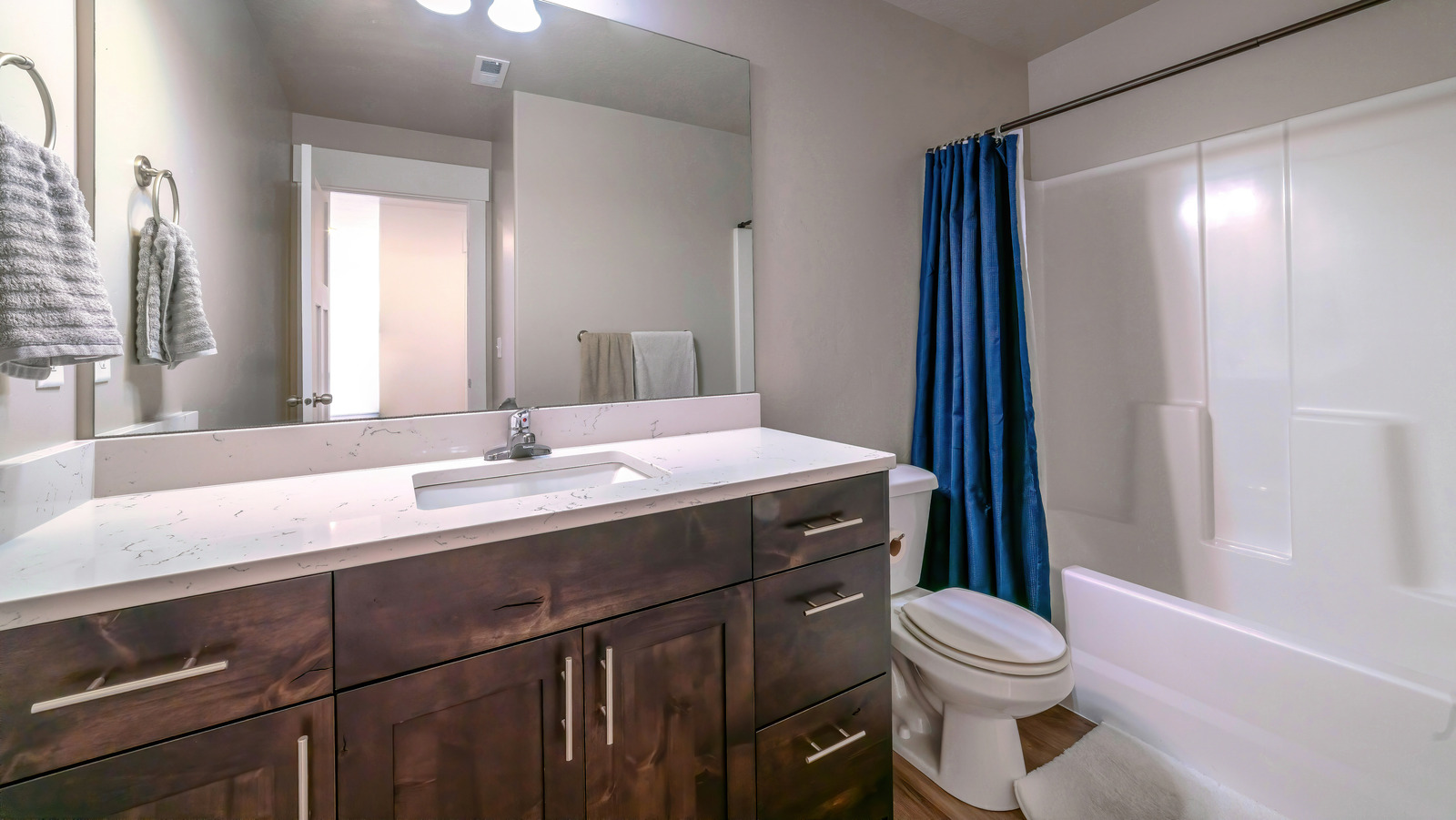
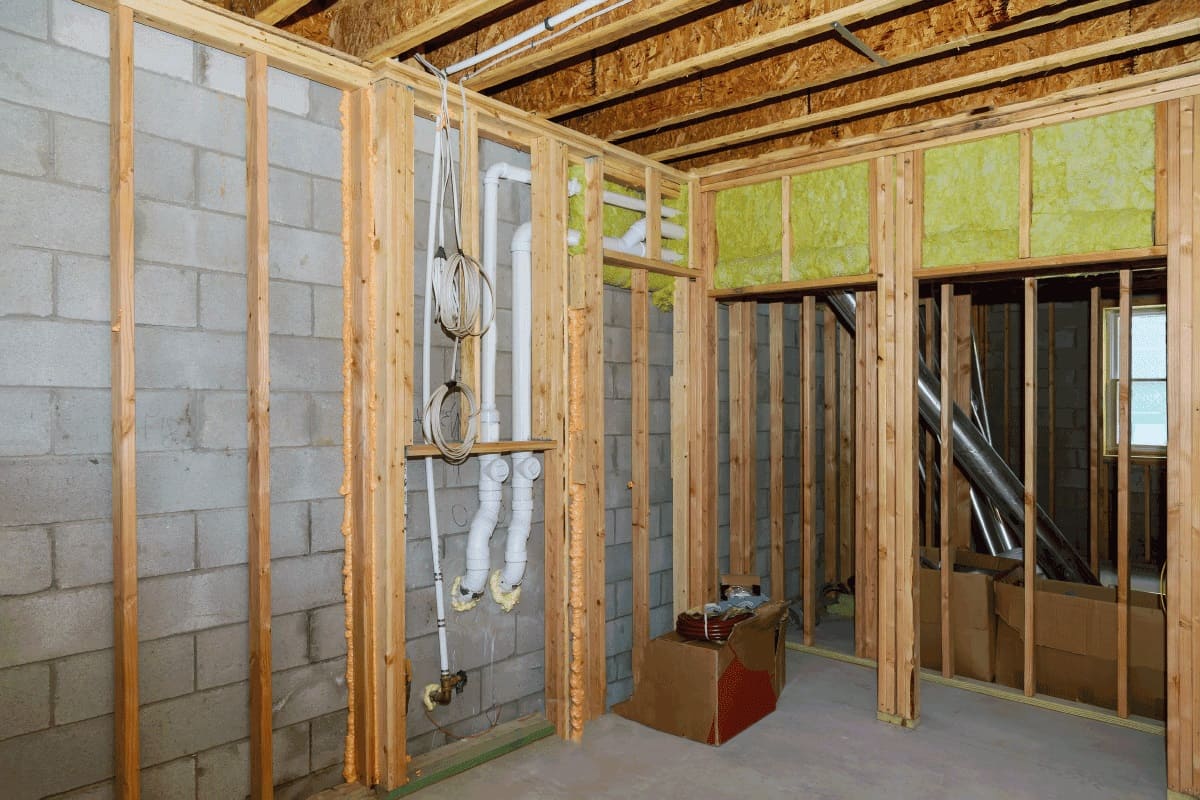
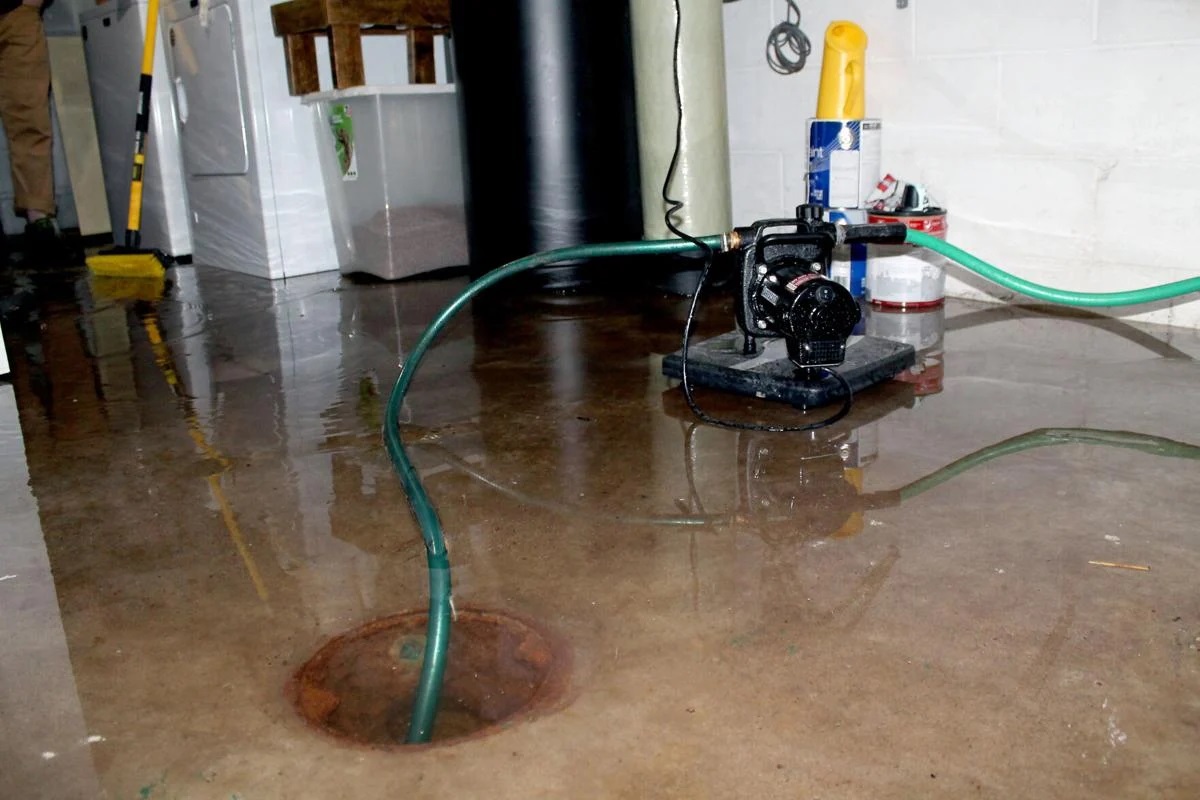
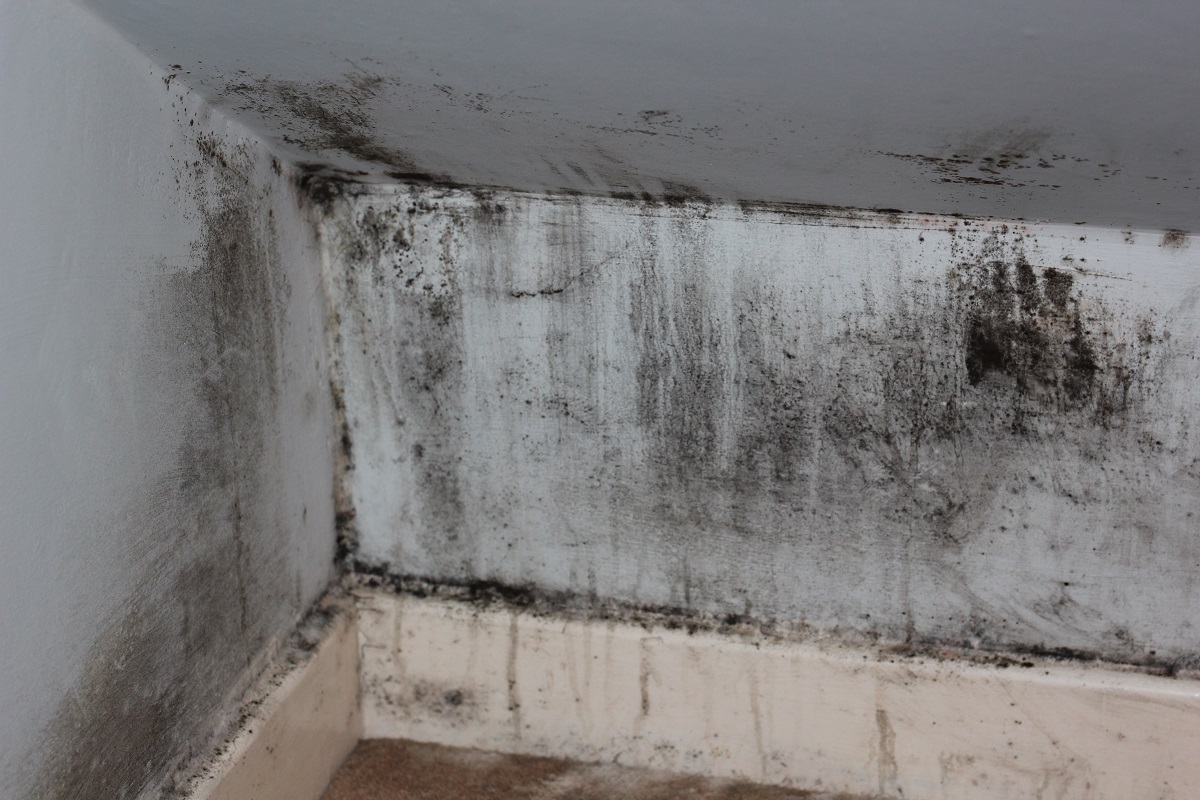
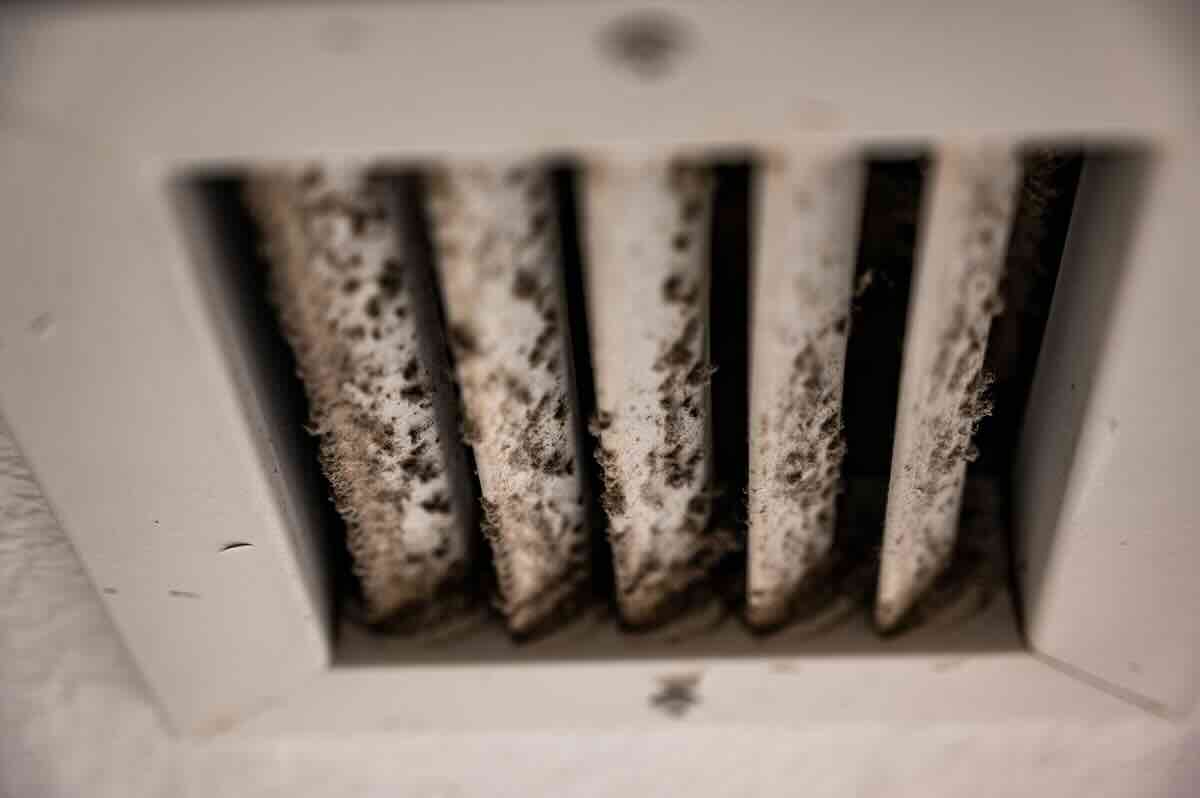
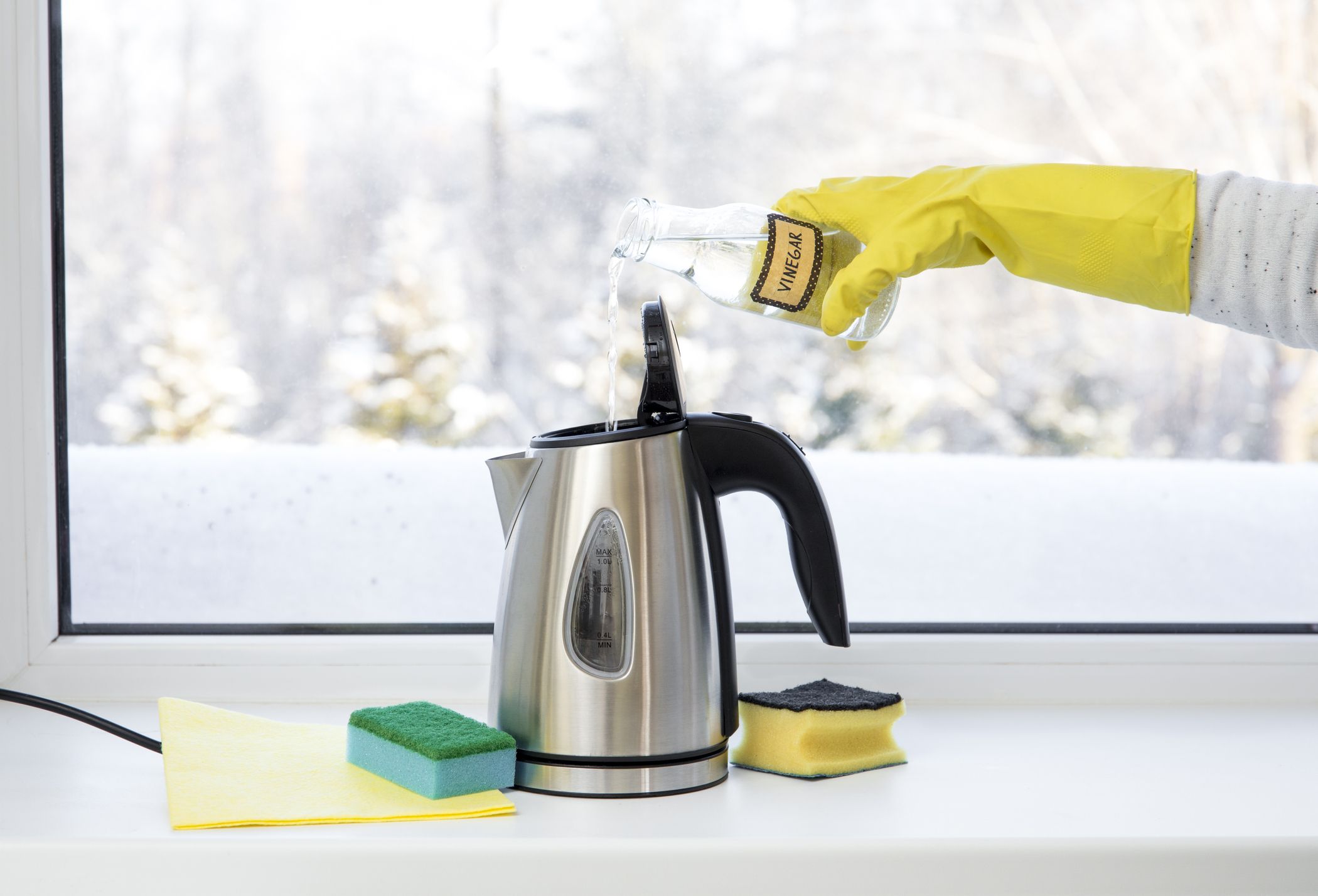


0 thoughts on “How To Keep Mold Out Of Basement”